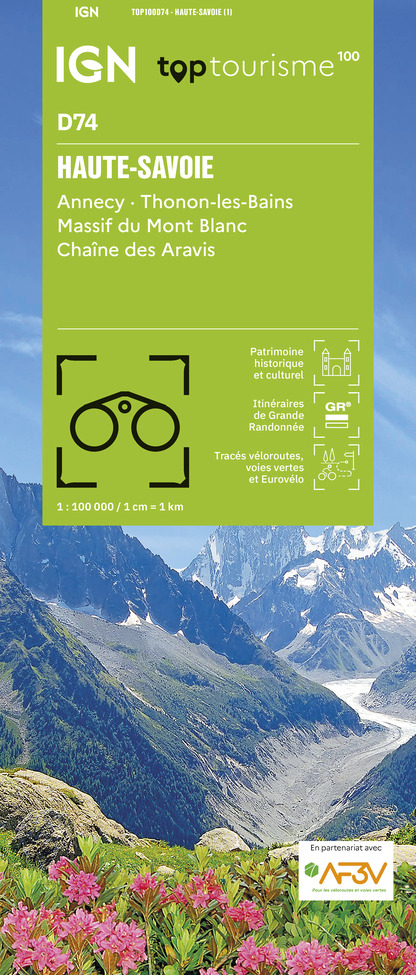Alert
Alerts
Chapel of Le Chinaillon










Description
Founded in 1677, the chapel is nestled in the heart of the old village of Le Chinaillon. Despite major renovation work to the building in 1977, it has retained its traditional appearance.
Founded in 1677, the chapel of Le Chinaillon was placed under the patronage of Our Lady of Puy, so as to protect the inhabitants of the village from fire. On the facade, either side of the portal, are two original windows with a small niche above them in which there is a Virgin and Child. Since 1977, the Chapel has been placed under the patronage of Our Lady of the Snow.
The exterior walls of the chapel were originally covered with plaster, but when important restoration work was undertaken in 1977 on the initiative of Barthélémy, a Capuchin brother, the stonework of the walls was uncovered and left apparent. Work on the interior of the chapel, in 2009, enabled a restoration of the softer original colors, which is what the villagers of Le Chinaillon had requested.
Sitting on top of the chapel is a little steeple with a pyramid-shaped base and a dome above it. The dome tapers up to a point with a cross on its summit. In the steeple hangs a bell which was cast in 1901 by the Paccard brothers. Their foundry was in Annecy-Le-Vieux (today it is located in Sevrier). The pedestal with two small columns inside the chapel tells us that the original bell, in 1687, had Jean-Francois Sonnerat-Lanioz as its godfather and that in 1901, Victor Perrissin-Fabert was the godfather and Elisabeth Tochon-Danguy was its godmother. All his life, Alphonse Fournier used to ring the bell, and had done so faithfully ever since his return from the Second World War. Today however, the bell is electrified and it rings every day at noon and 7pm.
On the left-hand side as you enter the chapel there is a painting, dating from 1687, of Saint Francois de Sales, Sainte Barbe (bearing the symbol of her martyrdom, the tower) and Saint- Juste (above a crowned Virgin and Child, most probably Our Lady of Puy, the patron saint of the chapel). This painting was donated by Dominique Tochon, the priest of Le Grand Bornand, and his dedication is written on the bottom of the painting. This painting was registered in the inventory of heritage monuments in April 1983. It has recently been restored.
On the left-hand side as you enter the chapel there is a painting, dating from 1687, of Saint Francois de Sales, Sainte Barbe (bearing the symbol of her martyrdom, the tower) and Saint- Juste (above a crowned Virgin and Child, most probably Our Lady of Puy, the patron saint of the chapel). This painting was donated by Dominique Tochon, the priest of Le Grand Bornand, and his dedication is written on the bottom of the painting. This painting was registered in the inventory of heritage monuments in April 1983. It has recently been restored.
The painting in the centre, reflecting the same theme, is dedicated to the Virgin and Child with Saint François de Sales on her left and Sainte Barbe on her right. Jean Angelloz-Diron, probably an immigrant from Le Grand Bornand, donated this painting in 1822 (cf : the gift donated to the church from the Angelloz-Nicoud family, also during the XIX century)
This painting is framed by two twisted colonnades with cherubs, one with a Virgin on top of it and the other a cross. This setting is typical of the Baroque style (end of XVII/XVIII century). Until 2009, the main altar was a block of granite but it has since been replaced by a simple, contemporary wooden altar.
Note also the statue of a Virgin and Child mounted on a star-studded globe.
The stained glass windows were designed and made in1977 by the artist Mrs Mongeaud from Thonon-les-Bains. The first set of windows shows the daily life of the local population: the bee hive represents the hard working ethic of mountain life while the sheep in the pasture expresses peace and gentleness. There are several features of Christian symbolism : the doves for peace, the grapes and the ears of wheat for the bread and the wine of the Eucharist. The smallest stained glass window is rather more enigmatic, representing Saint Charles sleeping at the feet of his horse.
Technical Information
Altimetric profile
Additional information
Price(s)
Free
Updated by
Le Grand-Bornand Tourisme - 05/07/2025
www.legrandbornand.com
Report a problem
Open period
All year round
Contact
Phone : 04 50 02 79 18
Email : patrimoine@legrandbornand.com
IGN cards











Data author
